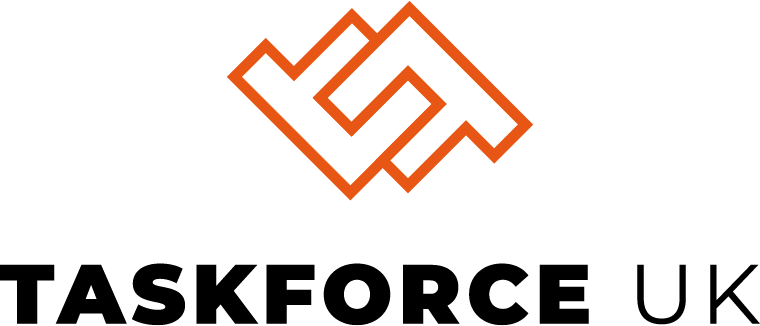567,000 working days were lost due to falls in the workplace, and more worryingly, falls from height were the most common cause of fatalities, accounting for nearly 30% of fatal injuries to workers.
If you don’t work at height very often, or are unsure about what type of access equipment to use, then these figures will make you sit up and think – what could I do to ensure I do not become a government statistic?
How do I manage the risks?
When planning work at height you need to carry out a ‘risk assessment’. This needs to be in addition to any general Health and Safety risk assessment already in place. Risk assessments need to be carried out every time you undertake a job that involves a risk.
The risks for working at height are usually well known. You need to use your common sense, but also exercise an element of ‘devil’s advocate’ when completing a risk assessment.They don’t need to be over-complicated, but do ensure you are thorough. The law does not expect you to eliminate all risk, but you are required to protect people by minimising risk as far as ‘reasonably practicable’. You should always consider whether you have taken enough precautions, or should do more to prevent harm.
A risk assessment is simply:
- a careful examination of the work at height task to identify hazards
- a consideration of whether the hazards pose a risk that could cause harm to people
The correct equipment
All access equipment should be used by a competent person in its erection/use/dismantling or operation. If you’re still being trained, you should be supervised by someone who is competent to use the access equipment and carry out the task.
If you have to work at height:
- Use an existing safe place of work to access work at height – don’t cut corners, if there is already a safe means of access such as a permanent stair and guardrailed platform, use it!
- Provide or use work equipment to prevent falls, such as scaffolding, mobile access towers or mobile elevating work platforms (MEWPs) which have guardrails around the working platform.
- Minimise distance and consequences of a fall, for example by using a properly set up stepladder or ladder within its limitations for low level, short duration work only.
Using The WAIT Toolkit
The WAIT Toolkit has been developed to help you understand the key issues when working at height and the factors to consider when selecting the most appropriate and safest type of access equipment.
For more information visit the website www.hse.gov.uk/work-at-height/wait/index.htm
Taskforce UK is one of the South of England’s leading height access specialists providing cleaning and maintenance services across the region. We can eliminate any worries you may have, by taking on the risks of working at height for you.

Recent Comments